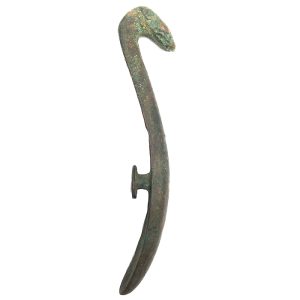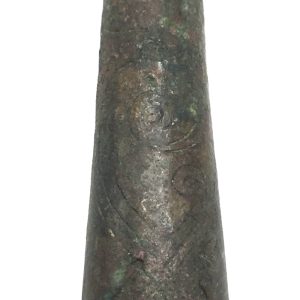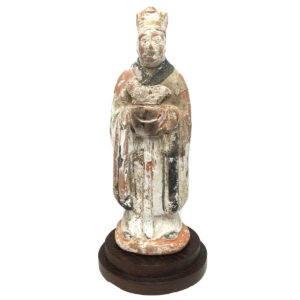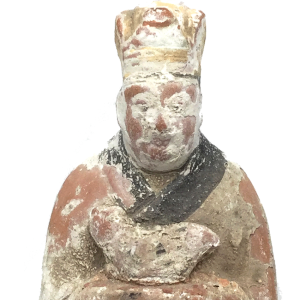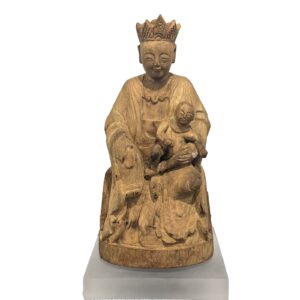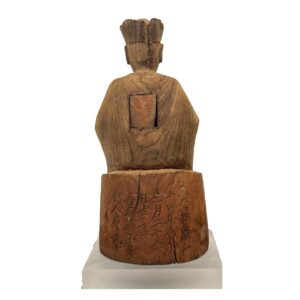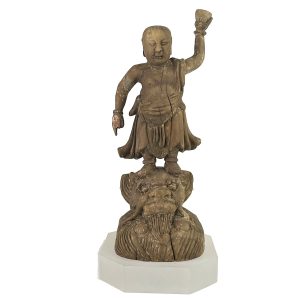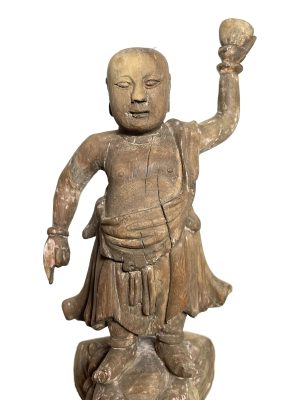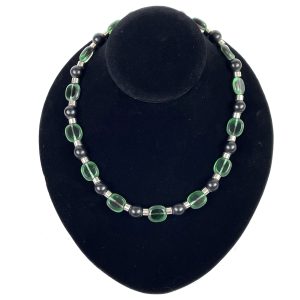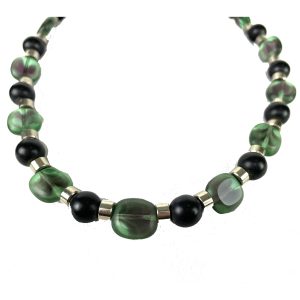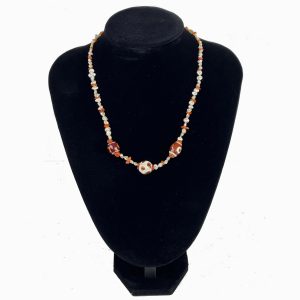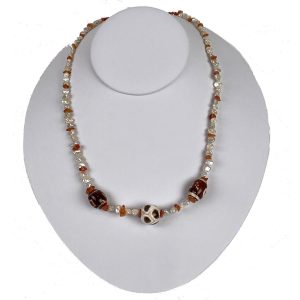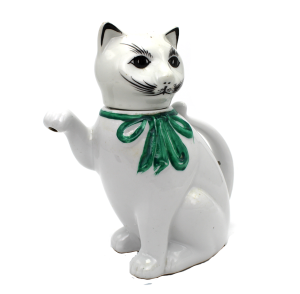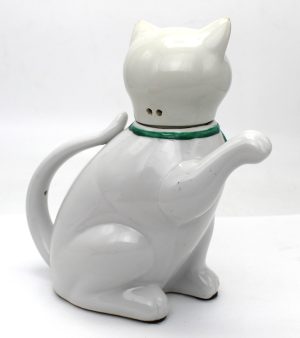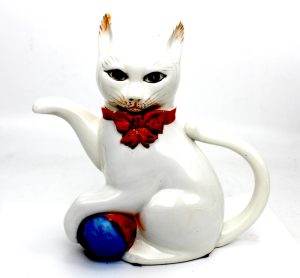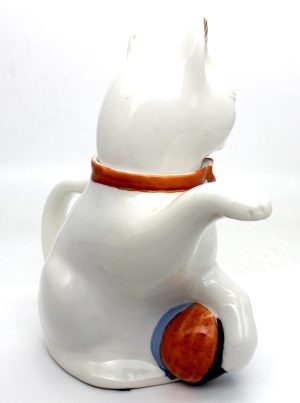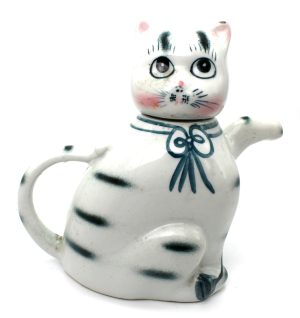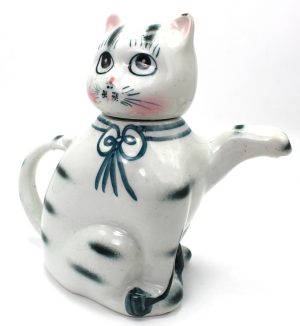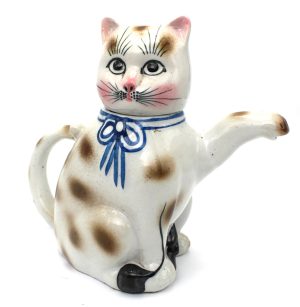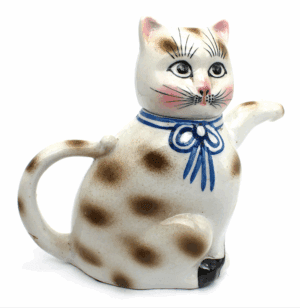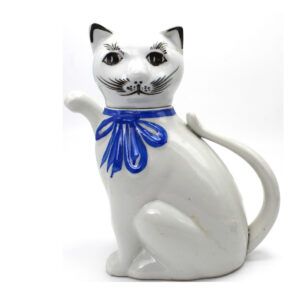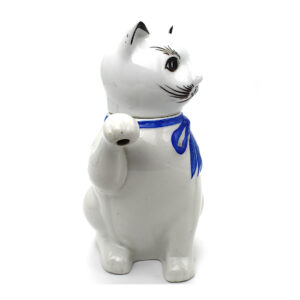Showing 133–144 of 203 results
-
Sale!


$485.00 Original price was: $485.00.$350.00Current price is: $350.00.
H: 4.1″ W: 1 ” D:.625 ” | FREE SHIPPING WITHIN CONTINENTAL U.S.!
In the Han, belt hooks became a symbol of wealth, high status and power hung vertically from belt holes used in life and buried with the deceased for his journey to the afterlife . Ornamented with incised decoration this beautiful piece is dragon shaped with beautiful verdigris deposits.
-
Sale!


$395.00 Original price was: $395.00.$295.00Current price is: $295.00.
H: 3.375″ W: 2.75″ D: 2.5″ | FREE SHIPPING WITHIN CONTINENTAL U.S.
One of a set of 12 Zodiac attendant figures holding a small calendar animal of the year represented as part of mingqi placed in the graves of deceased.
-
Sale!


$1,350.00 Original price was: $1,350.00.$1,100.00Current price is: $1,100.00.
H: 11” W: 5.75” D: 5.125” | FREE SHIPPING WITHIN CONTINENTAL U.S.
Very rare and fine 16th century home shrine image with compassionate countenance of Songzi Guanyin the “Bestower of Children.” With joyful half-closed eyes, she looks lovingly at the child whose arm is draped over hers.and leans slightly forward.Wearing a 5- lobed crown centered with a camellia flower a Chinese symbol of young sons and daughters. Inscription dates it to 1521-1567
-
Sale!


$750.00 Original price was: $750.00.$575.00Current price is: $575.00.
H: 9″ W: 3.625″ D: 3.5″ | FREE SHIPPING IN CONTINENTAL U.S.
Ming provincial infant Buddha holding monk’s begging bowl, pointing to heavens standing on a lion’s head symbolizing the Shakya clan and the lion’s roar of Buddhism. Buddha images seldom placed in homes and blended iconography as an infant, is extremely rare.
-
Sale!


$195.00 Original price was: $195.00.$135.00Current price is: $135.00.
LENGTH: 16.75″ | FREE SHIPPING WITHIN CONTINENTAL U.S.
This distinctive and very contemporary necklace is made with Swarovski green flat beads and round black crystal beads interspersed with German silver spacers.
-
Sale!


$115.00 Original price was: $115.00.$80.00Current price is: $80.00.
18″ | FREE SHIPPING WITHIN CONTINENTAL US.
Necklace with Keishi pearls, Tibetan agate Dzi beads, orange citrine gemstone pieces and orange glass beads, gold plated metal beads and brass-plated fittings.
The several gemstones and beads comprising this hand crafted necklace make it an elegant accessory with associated positive powers. Unique and elegant, this one of a kind necklace is a wonderful accessory for casual and business attire.
-
Sale!


$350.00 Original price was: $350.00.$275.00Current price is: $275.00.
Tibetan turquoise is rare, valuable and is mined from specific areas in the Himalayas. Tibetans and Nepalese consider it a spiritual and religious prized possession and almost all people in these have and wear turquoise in some form. Lapis is believed to creata safe space of serenity and peace.
-
Sale!


$145.00 Original price was: $145.00.$125.00Current price is: $125.00.
H: 6.5″ W: 6.5″ D: 3.5″ | FREE SHIPPING WITHIN CONTINENTAL U.S.
Porcelain teapot with removable head and long sinuous tail handle ,Whimsical design with green ribbon collar and dangling ornamental bow. Bottom stamp and seal date to Qing Dynasty/Chinese Republic ca 1900-1920.
-
Sale!


$145.00 Original price was: $145.00.$125.00Current price is: $125.00.
H: 8” W: 8” D: 3.75” | FREE SHIPPING IN CONTINENTAL US.
Beautifully hand-painted whimsical cat tea pot with red collar ribbon, ornamental bow, and ball under left paw. Black, orange, red and blue accents on face, ears, head, paws and ball. Bottom double stamped seal.
-
Sale!


$145.00 Original price was: $145.00.$125.00Current price is: $125.00.
H: 7” W: 8” D: 3.625” | FREE SHIPPING WITHIN CONTINENTAL U.S.
Rotund porcelain teapot with removable head. With her pink highlights, round wide eyes, feathered brows and 3 part ribbon with bow she appears to be an affectionate female lap cat.
-
Sale!


$145.00 Original price was: $145.00.$125.00Current price is: $125.00.
H: 7” W: 8” D: 3.625” | FREE SHIPPING WITHIN CONTINENTAL U.S.
Unique rotund teapot of cat protectively sitting on a mouse. Raised paw spout, removable head and sinuous tail handle. Blue collar ribbon with bow symbolize long life. Black, pink, brown accents on face, ears, head, paws and body.
-
Sale!


$130.00 Original price was: $130.00.$115.00Current price is: $115.00.
H: 8” W: 8” D: 3.75” | FREE SHIPPING WITHIN CONTINENTAL U.S.
This charming vintage porcelain cat teapot with raised paw for pouring tea, removable head and a sinuous tail handle is whimsical and colorful with a red ribbon collar, green bow and green, black and red accents defining the expressive face, ears, head and paws, all beautifully hand-painted. Manufactures seal on bottom.
End of content
End of content

